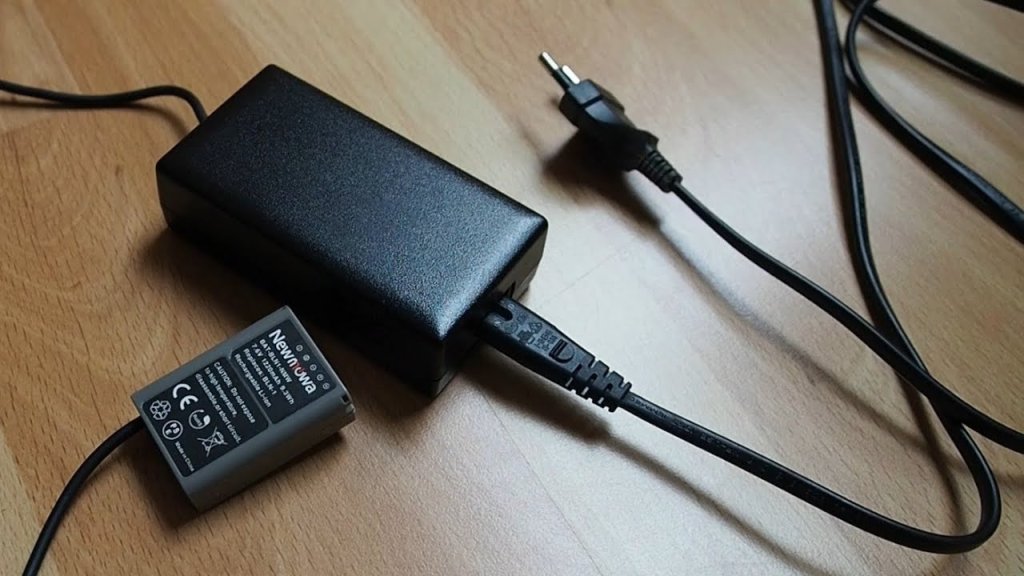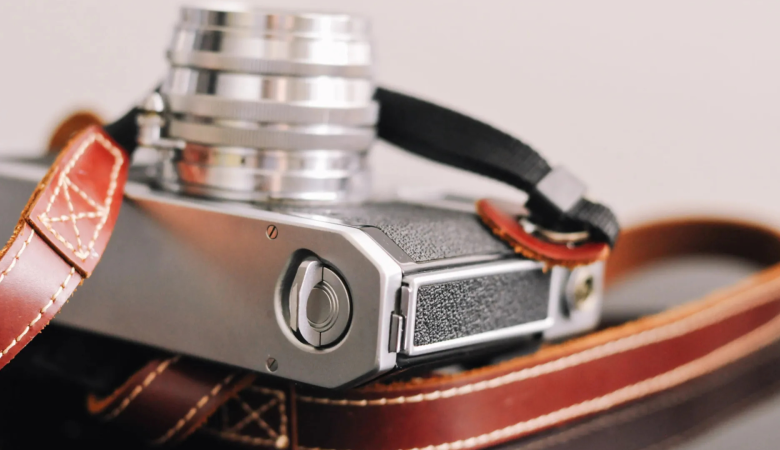Suppose you are curious about the information about important details of Olympus OMD EM5 firmware updates.
Then there is the result you would’ve wanted. This information gives you a simple overview of firmware updates.
In the Olympus OMD EM5 manual, you’ll find simple instructions for understanding these updates.
It’s like easy steps that help you make your camera better.
We’ll talk about firmware, knowing if your camera needs an update and the easy way to do it.
Let’s learn together if you want to know about firmware updates and make your camera even better.
1. Physical/Hardware Specs
The Olympus OM-D E-M5 Mark III has some really interesting physical features.
It has a body that’s protected from the weather, keeping your camera safe when you’re taking pictures outside.
It’s also lighter than the older E-M5 Mark II, which makes it easier to carry.
The camera’s body is made from plastic, which helps make it lighter while still being strong.
The camera’s size is about 12.53 cm by 8.52 cm by 4.97 cm, a bit bigger than its older version in all directions.
2. Firmware Updates
Olympus has taken steps to improve the features of the OM-D E-M5 Mark III using firmware updates.
In Version 1.1, a useful change was made. You can now control the eye sensor to switch between the LCD screen and the electronic viewfinder.
The newest update, Version 1.5, came out in June 2021 and includes the latest camera improvements.
3. Olympus Workspace
Updating the firmware of your camera is easy with the Olympus Workspace software.
It’s created to work well with the E-M5 Mark III, making the installation process easy.
The software not only helps with a smooth update but also serves as a central hub for controlling your camera’s performance and features.
Olympus Workspace is a pathway to carry out firmware updates, ensuring your camera stays live with the latest improvements.
4. Flip Screen and Electronic View Finder (EVF)
The E-M5 Mark III has an Electronic ViewFinder and a flexible flip screen.
The flip screen can rotate up to 180 degrees for convenient selfies or recording yourself.
While flip screens offer advantages like easy mounting and use in tight spaces, they also have drawbacks, such as potential off-axis framing and interference with gimbals in video shooting.
5. Super Control Panel
Navigating the camera’s settings is made easy with the Super Control Panel.
This feature provides quick access to often-used options and settings, allowing you to adjust your camera to your specific needs.
You can customize your preferences and repeat through different levels of information using the INFO button.
This dynamic menu system improves your shooting experience by making customization and adjustments inbuilt and efficient.
6. Battery and Charging
A BLS-50 Lithium-Ion Battery powers the camera. While it’s lighter, it’s essential to note that its capacity is slightly reduced compared to its previous version.
Charging options include an external charger that takes around 3.5 hours or charging via the micro-USB connector, which takes approximately 4 hours.
The camera’s support for USB charging provides flexibility, allowing you to charge it using power banks, smartphone chargers, or computers.
7. Connectivity
The E-M5 Mark III offers various connectivity options, including ports for Micro USB, Micro HDMI, a microphone jack, and a remote cable terminal.
It also features WiFi and Bluetooth support for wireless communication.
However, it’s worth marking that it doesn’t support EyeFi cards.
This is due to the discontinuation of EyeFi products and services in 2018, making the camera adapt to modern wireless technologies.
8. Storage and Sd Cards
The camera features a single SD card slot supporting UHS-II and UHS-I SD cards.
The choice of an SD card is important, especially for video recording.
The camera’s specifications guide selecting appropriate SD cards based on their speed classes and compatibility with different video recording settings.
9. Sensor And Processor
With a micro-four-thirds sensor boasting 20.4 megapixels, the E-M5 Mark III delivers high-quality images.
The TruePic VIII processor ensures efficient image processing.
Including a Supersonic Wave Filter helps keep your sensor dust-free, contributing to the overall image quality.
10. In Body Image Stabilization (IBIS)
The camera’s 5-axis Body Image Stabilization (IBIS) provides stability and reduces blur, even in low-light conditions.
This stabilization extends to 6.5 stops with compatible lenses. Additionally, digital stabilization is available for video recording, improving the quality of your footage.
The camera offers flexibility by allowing manual focus adjustment in combination with autofocus.
Conclusion
The Olympus OMD EM5 manual holds the key to understanding firmware updates for your camera.
These updates are like little boosts that make your camera work even better.
The manual guides you through using the Olympus Workspace software, which is like a special tool to help your camera get smarter.
In simple terms, firmware updates are like giving your camera new skills and fixing any bugs it might have.
The manual shows you how these updates can improve your camera’s focus when shooting videos or using the viewfinder and LCD screen.
With its easy instructions, you can update your camera’s firmware and enjoy all the cool improvements that come with it.
Frequently Asked Questions
Can I Revert to a Previous Firmware Version After Updating?
Generally, it’s not recommended to revert to a previous firmware version, as updates are designed to improve your camera’s performance. Reverting might cause compatibility or stability issues.
How Do I Install a Firmware Update on My Olympus OMD EM5?
Download the firmware update file from the official website and copy it to a compatible memory card. Insert the card into the camera and follow the instructions in the manual to start the update process.
















Leave a Reply